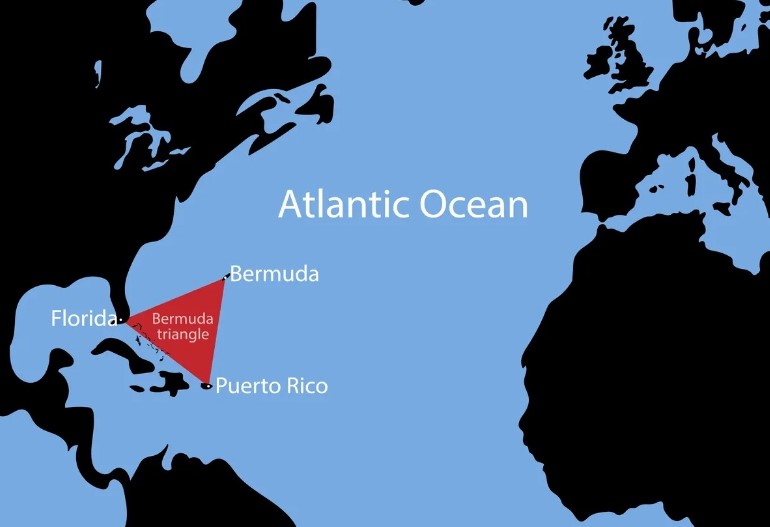The trick that makes algae more resistant to climate change

The trick that makes algae more resistant to climate change.
Marine phytoplankton is much more resilient to future climate change than previously thought.
A study published in Science Advances combines data from the Hawai’i Ocean Time-series program with new climate model simulations run on one of South Korea’s fastest supercomputers. Scientists have revealed that a mechanism, known as absorption plasticity of nutrients, allows marine algae to adapt and cope with the nutrient-poor ocean conditions, predicted to occur in the coming decades, in response to global ocean warming. Phytoplankton is tiny algae that float on the surface of the ocean and forms the basis of the marine food web. During photosynthesis, these algae absorb nutrients (such as phosphates and nitrates), absorb dissolved carbon dioxide and release oxygen (which makes up about 50% of what we breathe). How the annual phytoplankton production rate will change, knowing how marine algae will respond to global warming over the next 80 years remains highly uncertain. The latest report from the Intergovernmental Panel on Climate Change (IPCC) states an uncertainty of between -20% and +20%, implying difficulties in predicting the increase or decrease of phytoplankton in the future.
Global warming affects the upper layers of the ocean more than the deep ones. Warmer water is lighter, and so the ocean will become more stratified in the future, reducing the mixing of nutrients from the lower surface into the sunlit layer, where phytoplankton reside. Previous studies suggested that predicted near-surface nutrient depletion would lead to a substantial reduction in phytoplankton production in the ocean, with widespread and potentially catastrophic effects on both marine ecosystems and climate. But, according to the new study, this may not happen.
The resilience of phytoplankton
New analysis of phytoplankton data shows that productivity can be sustained even under conditions of severe nutrient depletion. “Under these conditions, individual phytoplankton cells can replace phosphorus with sulfur . At the community level, we could see further shifts to taxa (group of organisms with common characteristics) that require less phosphorus,” says David Karl, study co-author, professor of oceanography at the University of Hawaii and co-founder of the Hawai’i program. Ocean Time-series Study, to explain the concept of phytoplankton plasticity. Further evidence of plasticity is provided by the fact that in subtropical regions, where nutrient concentrations in surface waters are low, algae they absorb less phosphorus per amount of carbon stored in their cells than the global average.
To study how this unique metabolic “trick” will impact global ocean productivity over the next few decades, the team ran a series of climate model simulations with the Community Earth System model (version 2, CESM2) on the supercomputer Aleph. By turning off phytoplankton plasticity in their model, the authors were able to qualitatively reproduce the results of previous models, which predicted a decline in ocean productivity of about 8 percent. However, when they turned on the plasticity parameter in the model to capture observations near Hawaii over the past 3 decades, the computer simulation reveals a global productivity increase of up to 5 percent through the end of this century. “Regionally, however, these future productivity differences can be much higher, reaching up to 200% in subtropical regions,” explains Dr. Eun Young Kwon, first author of the study and researcher at the IBS Center for Climate Physics of the Busan National University, South Korea.
Inspired by the simulation results of their sensitivity models, the authors then looked at 10 other climate models, whose data were used in the recent IPCC 6th Assessment Report. The results confirmed the authors’ initial conclusions. “Although our study demonstrates the resilience of phytoplankton, this does not imply that they are immune to human-induced climate change. For example, worsening ocean acidification will reduce the calcification rates of some types of phytoplankton, which can lead to large-scale changes in ecosystems,” warns Dr Eun Young Kwon. These factors are not yet well understood or represented in climate models. “Future Earth system models must use better, observational-based representations of how phytoplankton respond to multiple stressors, including ocean warming and acidification. This is necessary to predict the future of marine life on our planet,” says Prof. Axel Timmermann, co-author of this study and director of the IBS Center for Climate Physics.



